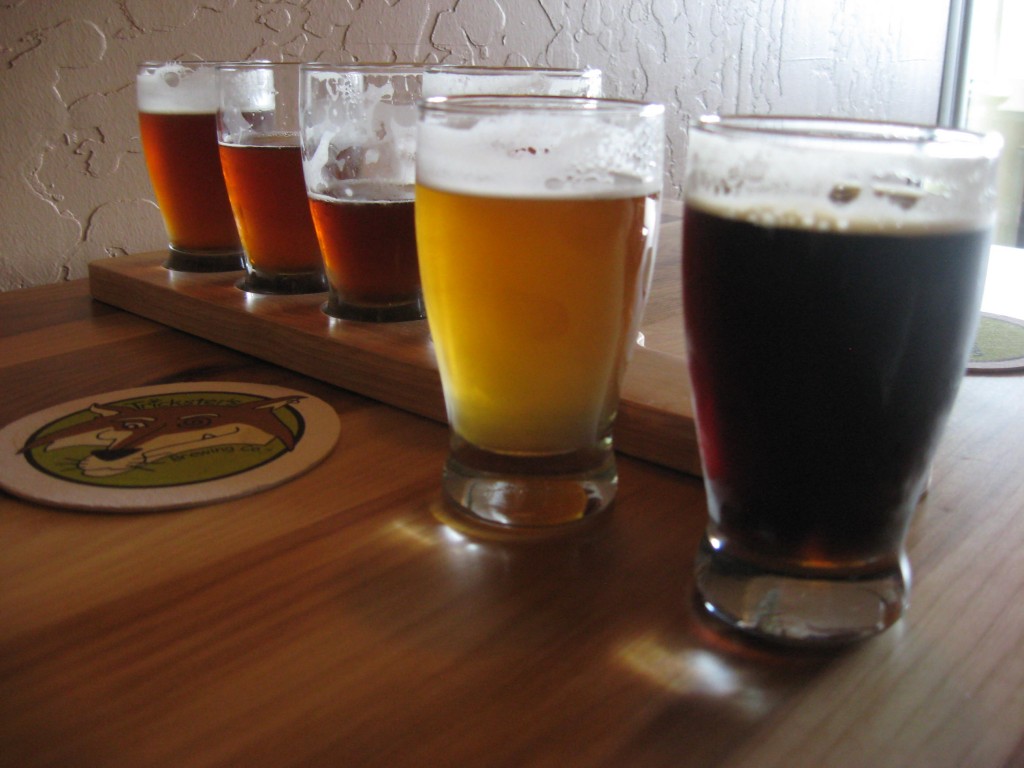
As the Holidays are upon us, it’s time to give thanks with this episode of Denny and Drew reflecting on the Maltose Falcons 45th Anniversary Party with the band, the beer and Steve Grossman of Sierra Nevada Brewing. And then we talk what we’re brewing for the rest of the holidays and doing some weird things with beer!
Want to hear more?
Please click…





 I saw a repost of an article in some publication called Punch(drink.com), on my Facebook feed, this morning, and I have to confess that I missed it when it first appeared…in 2016. That article can be reached by clicking the image. The basic premise is that rarity, in today’s craft beer culture, has come to equate to greatness and it traces the evolution of this phenomenon. It also, to which I have to object, assumes some degree of credibility for that notion. That, for me, is that part that gets me to jam by walking stick into the ground, fix the author with my best Galdolfian glare, and growl, “You shall not pass!!â€
I saw a repost of an article in some publication called Punch(drink.com), on my Facebook feed, this morning, and I have to confess that I missed it when it first appeared…in 2016. That article can be reached by clicking the image. The basic premise is that rarity, in today’s craft beer culture, has come to equate to greatness and it traces the evolution of this phenomenon. It also, to which I have to object, assumes some degree of credibility for that notion. That, for me, is that part that gets me to jam by walking stick into the ground, fix the author with my best Galdolfian glare, and growl, “You shall not pass!!â€






 That’s it. Thanks for reading and remember to tip your server!
That’s it. Thanks for reading and remember to tip your server! The Maltose Falcons needed a lot of beer for our 45th Anniversary Party and we got some of our favorite breweries in LA involved in the mayhem. In this episode, Drew sits done with the wild and wacky crew at Transplants Brewing Company to discuss making a Pumpkin Beer that’s not a Pumpkin Beer in more than just one way. And then Drew shares his thoughts on the final beer along with the recipe that inspired it.
The Maltose Falcons needed a lot of beer for our 45th Anniversary Party and we got some of our favorite breweries in LA involved in the mayhem. In this episode, Drew sits done with the wild and wacky crew at Transplants Brewing Company to discuss making a Pumpkin Beer that’s not a Pumpkin Beer in more than just one way. And then Drew shares his thoughts on the final beer along with the recipe that inspired it.
You must be logged in to post a comment.